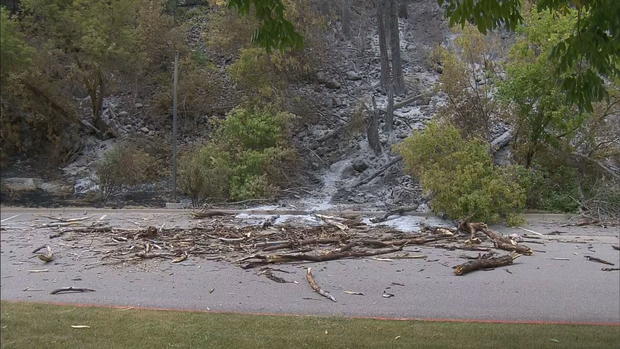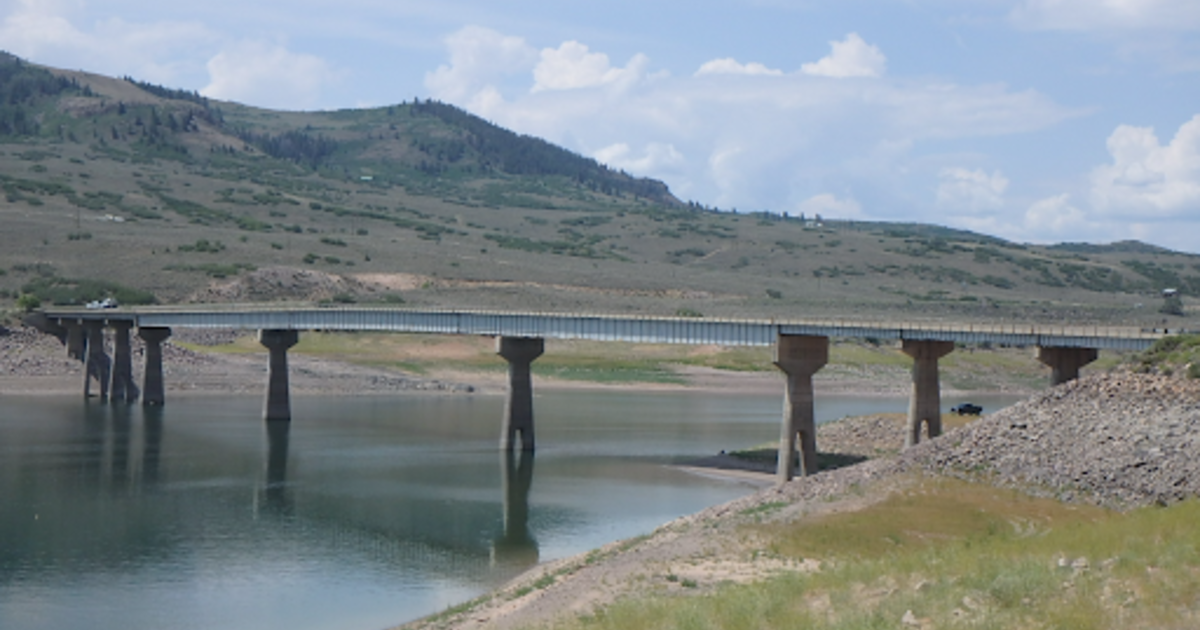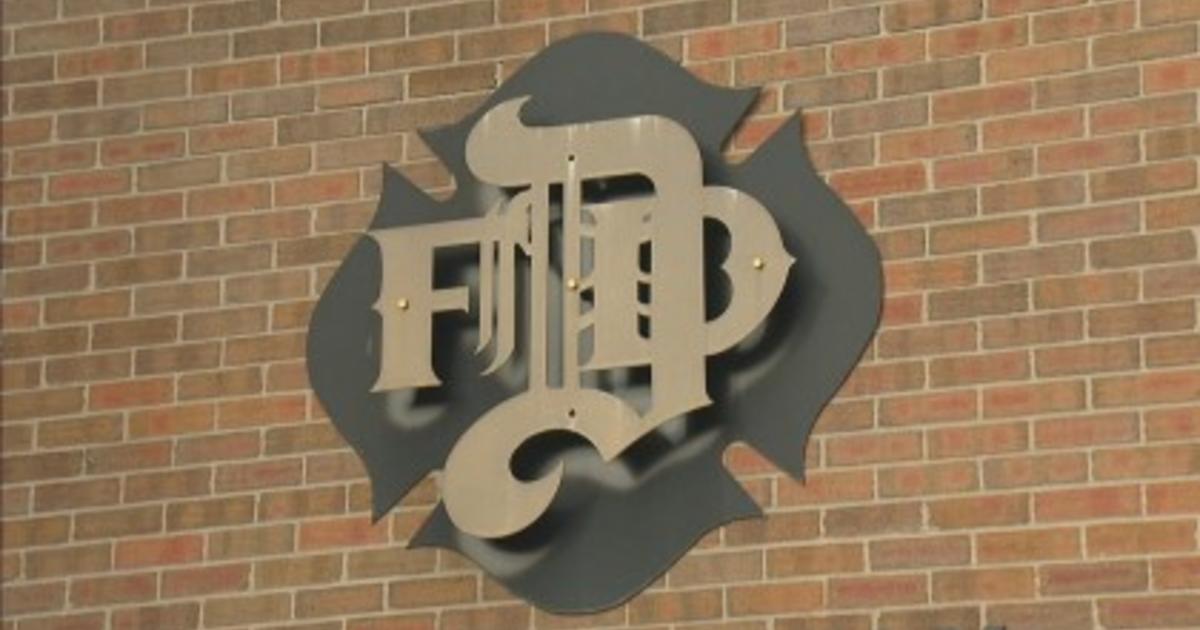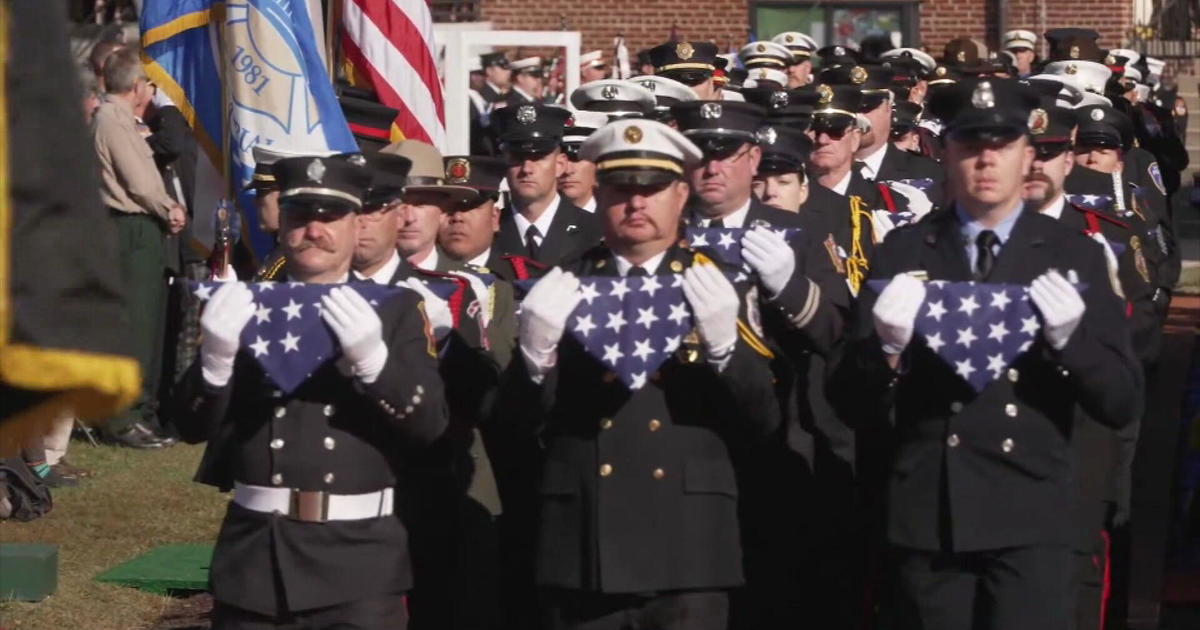Grizzly Creek Fire: 'Good Soaker' Helps Crews Limit Growth Thursday
EAGLE, Colo. (CBS4) – Firefighters made gains on the Grizzly Creek Fire Thursday as rain provided some help in part of Glenwood Canyon. Containment rose from 4% Wednesday to 11% Thursday night. Acreage remained at 29,732 because infra-red data from flights hadn't been completed, but the U.S. Forest Service said there appeared to be little apparent growth.
"It's a good soaker. The humidity is coming up and it's really helping us out," said Derek Sams of the Great Basin National Incident Management Team. The rain also soaked into the soil and showed it would build up channels flowing down the canyon.
"The rocks and trees are coming down on the highway now. If we get a really heavy rainfall that could go ahead and bring a lot down. Because in some of these places where it burned really hot. There's nothing to hold soil up on the slope at this point," said Wayne Patterson of the Forest Service.
That came ahead of a statement in the early evening from the executive director of CDOT Shoshana Lew about re-opening Interstate 70 in the canyon, which has now been closed for 10 days.
"We're looking at days not weeks to reopen it. So the end is in sight for the closure," she said.
RELATED: Grizzly Creek Fire: 'Days Not Weeks' To Reopen I-70 In Glenwood Canyon
But there is still a lot to do. Workers are already in the canyon replacing burned power poles near the origin of the fire by Grizzly Creek. There are well over a dozen gone and each is a fragile operation on the canyon's steep slopes.
New images showed how some areas escaped damage. Hanging Lake's parking lot will need mitigation before it can be re-opened and the trail has damage, but the lake appears undamaged so far. One expert told us the moisture from the waterfall may have helped raise humidity levels and keep fire away.
Hot Shot crews are setting fires below fires trying to keep temperatures down. One technique is called "strip firing." One firefighter will light a fire below a burned area, another firefighter lights another below that and third follows, lighting another. Each fire can go only so far, keeping burn temperatures low.
"And that way we can control the intensity of the fire so it doesn't go ahead and start moving too rapidly and start burning too hot," said Patterson.
Patterson explained fires that are not as hot may burn only the tops of the low oaks in the canyon help speed recovery.
"Maybe it'll die off the top. But we've suddenly released, with the fire, a lot of nitrogen. So the moisture gets on there in the springtime, everything starts melting here, the snow melts off, then we'll see that brush be able to re-sprout and come back really green because of all the nitrogen in it."





